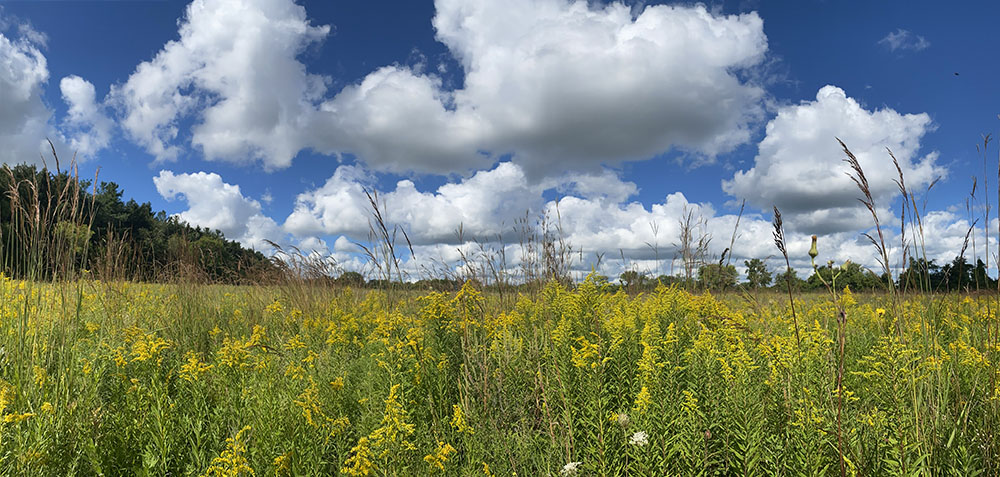
The Seed Idea: Smolenski Park Prairie Restoration
October 4, 2023 | Topics: Places
By Dave Giordano and Kristine Heuser
Photography by Eddee Daniel
Much like most prairies in southeastern Wisconsin, the Smolenski Park Prairie was converted to farmland after European settlement. Farmers put food on our tables and the new nation grew. But times and attitudes toward the land continued to change.
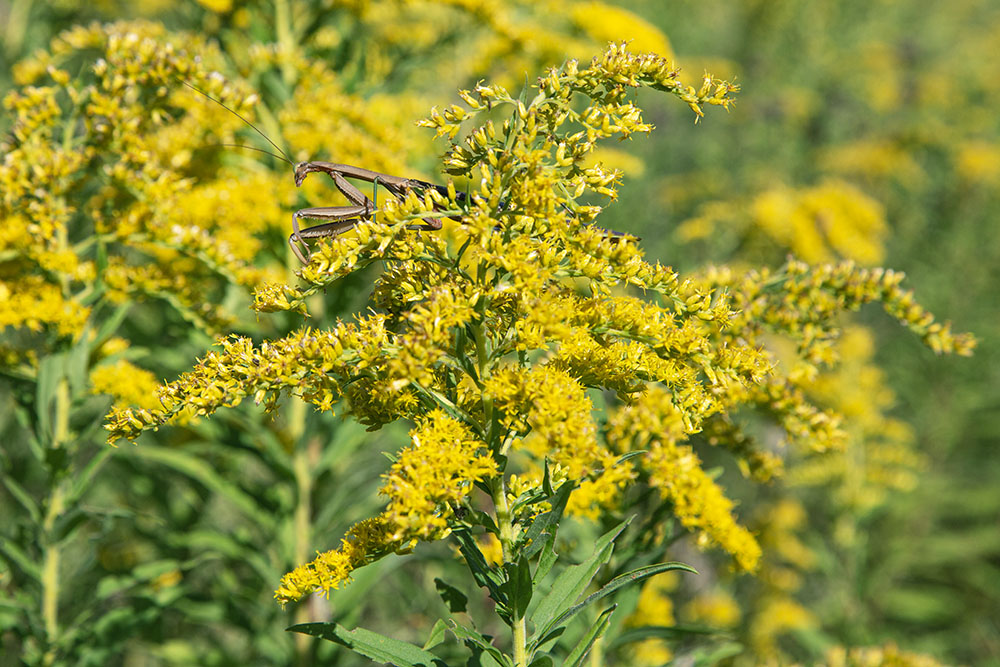
In 1993, Walter Smolenski, a prominent Polish American in Racine, donated this land to the Village of Mount Pleasant. In 2002, the Village celebrated the grand opening of recreational and passive areas of the park.

In 2015, Root-Pike WIN embarked on a partnership with the Village of Mount Pleasant with a clear vision to restore fifteen acres inside the park to create a pollinator paradise that would filter and slow runoff to the North Branch of the Pike River. At the time, Root-Pike WIN had just overcome some significant operational challenges and began embracing a new approach – different from any other in our twenty-year history. This new “seed idea” needed a win, and Mount Pleasant gave us a chance.
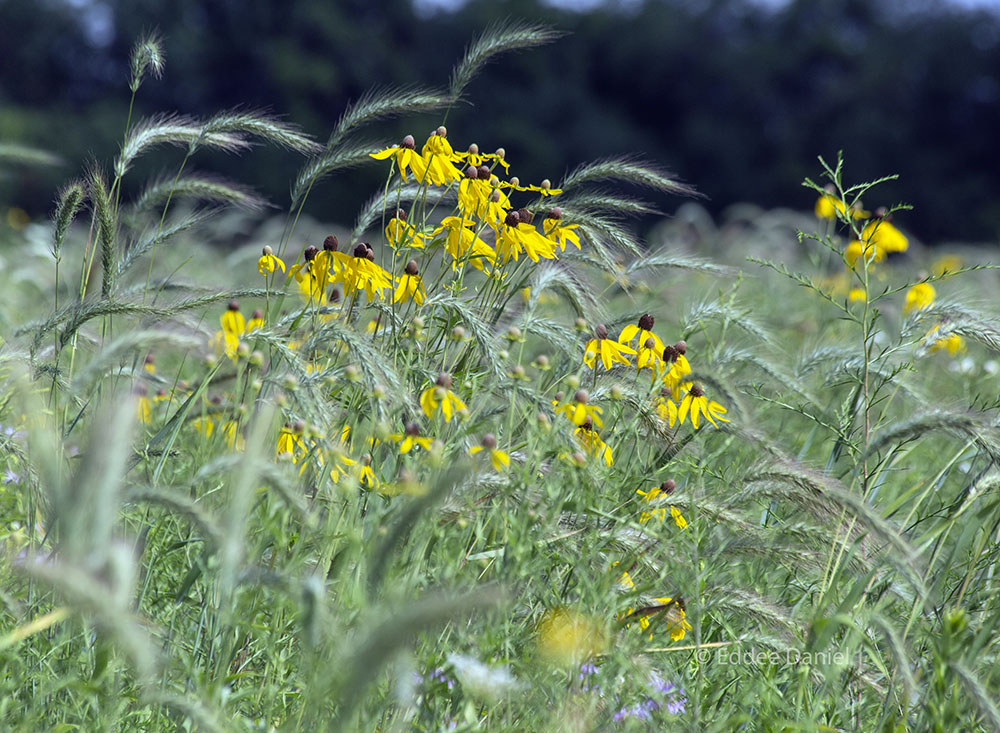
The term seed idea has been used to describe an inspirational morsel that creative teams would use to grow their entire campaign, event or promotion. Today, for the broken Lake Michigan rivers we help restore, the seed idea takes on a much deeper and symbolic meaning for our organization and the watersheds we serve.
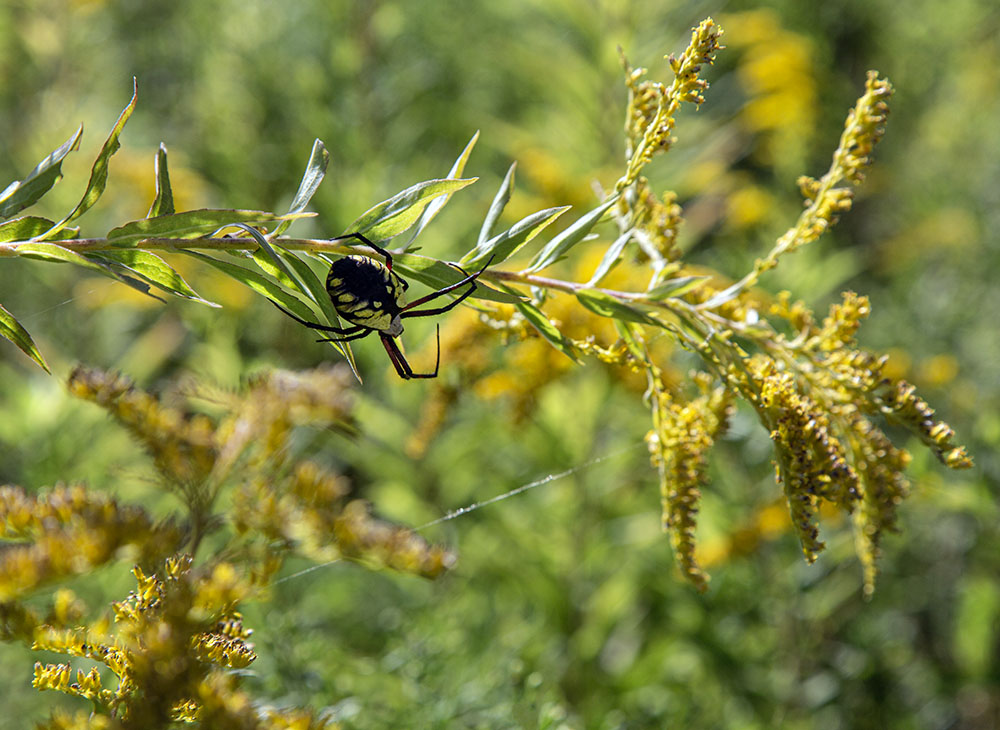
In 2018, we began converting an area in the park—once fallow farmland—back to native prairie. Although historically common in our region, today remnants of original prairie are an exceedingly rare land type just about everywhere, including in our watersheds. This is another reason restoring land like this to prairie is so vital.
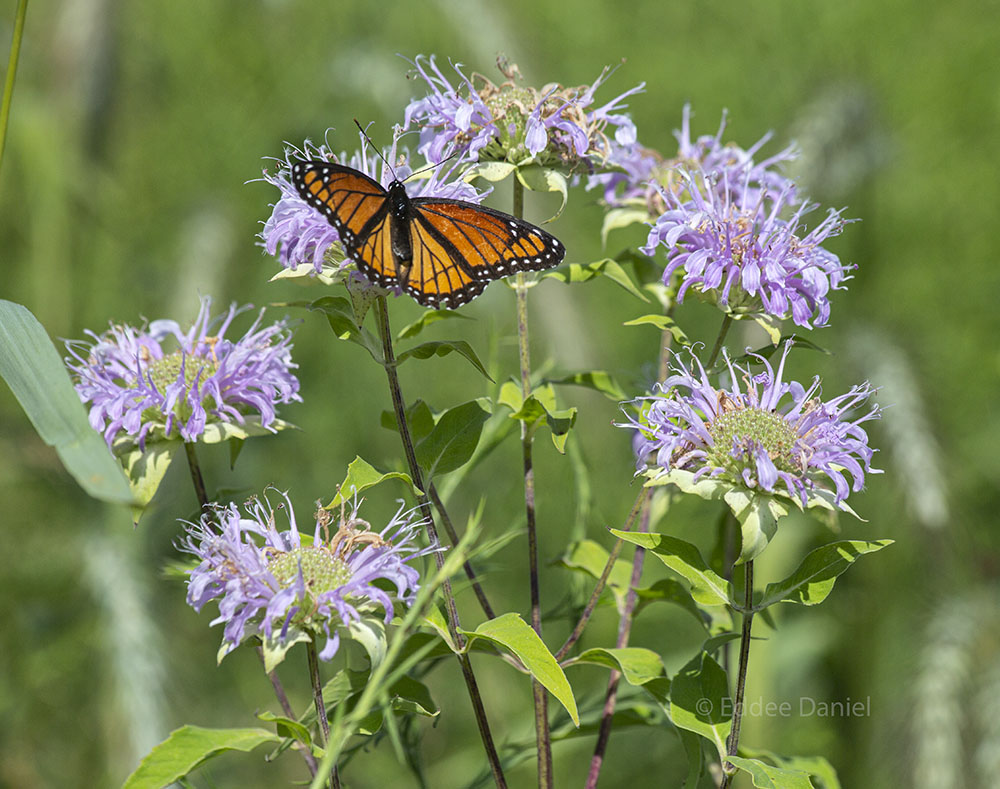
Late in 2019, a tractor pulling a drill seeder made its way into the fallow farmland within Smolenski Park. The operators from Tallgrass Restoration began inserting forty different varieties of native grasses and flowers into the lightly frozen soil. A long and sometimes difficult process—planning the project, gaining approvals, raising the funds, coordinating the scope of work, selecting the contractor, rescheduling due to weather, managing the risks, compiling the grant reports, and overseeing the site preparation—was over. The goal of a richer, more diverse pollinator habitat and passive recreational area was now a giant step closer to completion. The following spring the oasis was set to bloom.
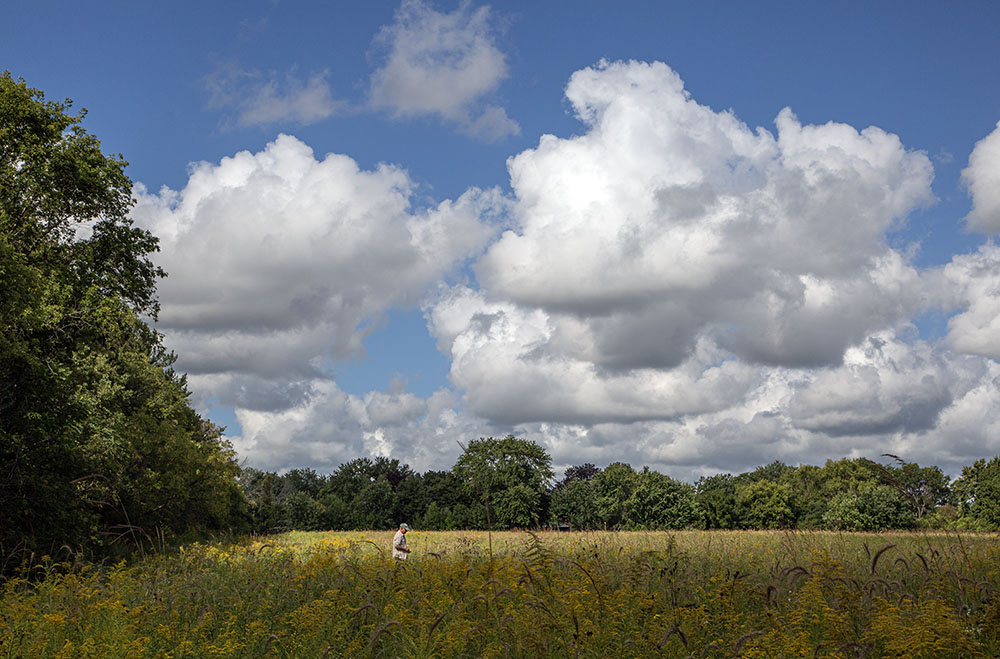
The seed idea also includes the motivation to leave a legacy or seed bank so that our diminishing natural assets are preserved for generations to enjoy and experience. We have set out to leave the Root-Pike basin landscape better than when we got here—for our kids, your families, the community and the generations that follow. Clean water is a basic need and native plants are critical to the storage and filtration process.
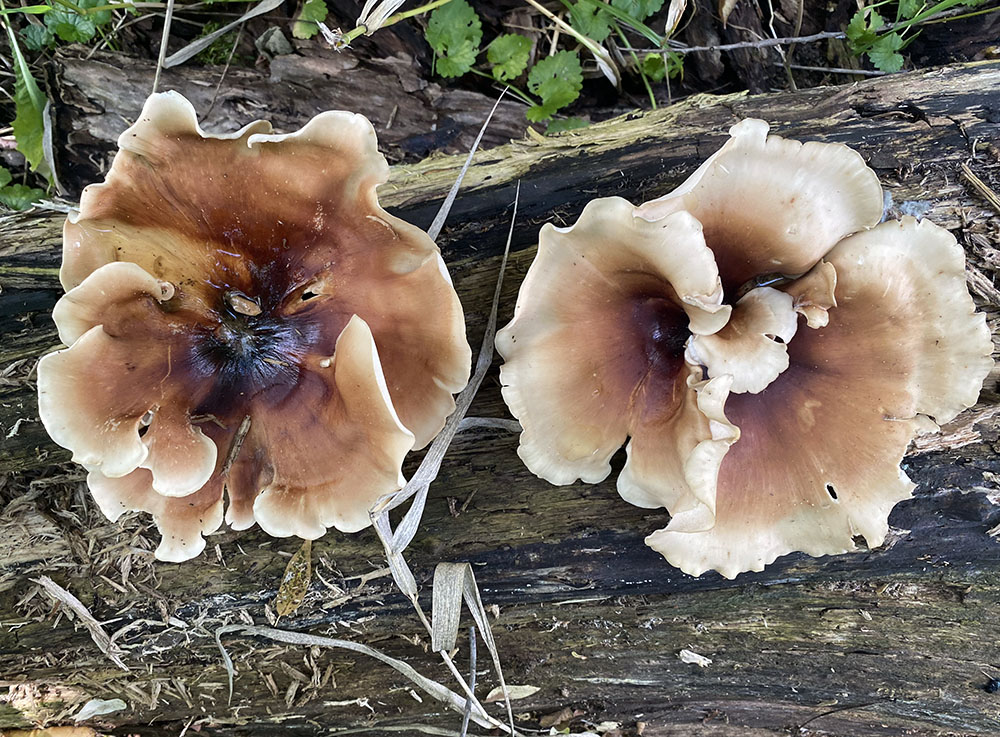
Our seed idea—restoring our Watersheds through Initiative and Networking (WIN) with EPA/DNR-approved watershed restoration plans—is working. True, this project is a mere fifteen acres within the thousands of acres of the Root-Pike basin that need help. In 2023 the prairie is just beginning to reach maturity. Is there much more to do to get our rivers off the EPA’s 303d impaired list? Indeed. Are we in a better position now to make more of these types of projects happen? Absolutely.
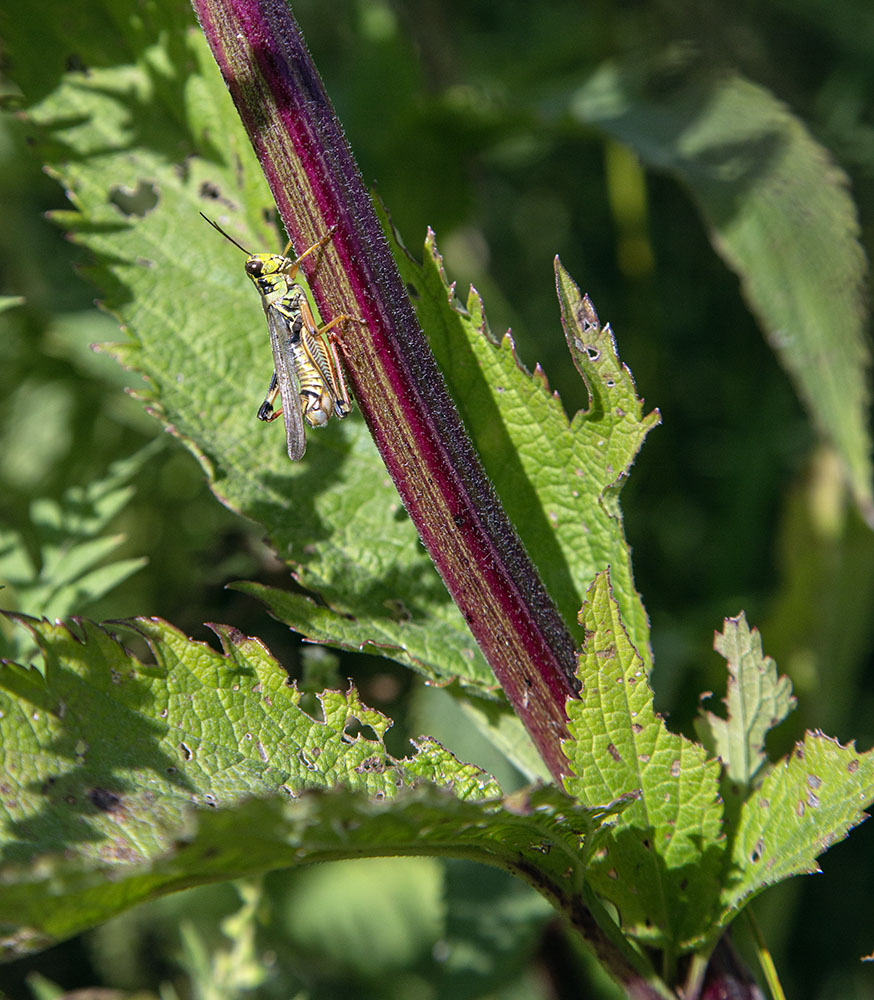
Our seed idea did not grow without the multitude of partnerships that have brought the Smolenski Prairie project, and many others, to reality. From elected officials to the parks committee to the development leaders to the public works staff, we owe a dept of gratitude to the Village of Mount Pleasant. With generous contributions from the Fund for Lake Michigan, the Racine Community Foundation, and the U.S. Fish and Wildlife Service, this part of Smolenski Park now re-hosts the native species and ecosystem functions that went hidden for more than a century.
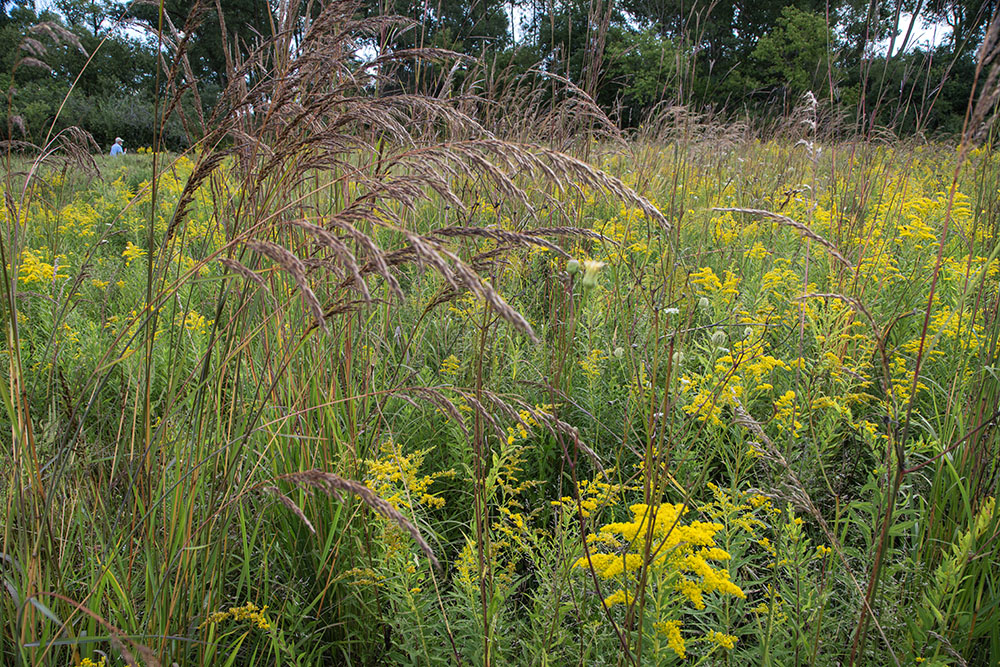
The work is not done. Tallgrass Restoration has been contracted to restore and maintain the area, and they recently mowed the prairie to keep the non-native vegetation from reseeding the area. Many of the invasive plants have shallow root systems that contrast with pre-settlement, highly developed native root systems that had seventy percent of their biomass below ground. Landscape and vegetation changes in and around the park have shortened the lag time for water to remain in the uplands. This increases the rate and volume of water leaving the landscape, thus decreasing the absorption time of runoff pollutants. The lack of plant diversity also limits pollinators and their value to the pollination process. The prairie is mowed higher than the walking path, which provides access to the area. A separate mower cuts the trail shorter.

The project will include five years of maintenance, which incorporates prescribed burns that reduce the re-population of invasive plants. In addition, the trail within the newly restored prairie provides the public has better access to the area that will contain thirty-five different native prairie plant species and the diverse wildlife it will attract. With monarchs and rusty patch bumble bees threatened in our area, an additional goal is to provide these pollinators the much-needed habitat that native plants and flowers provide.
~ Dave Giordano

Pollinator Survey September 14, 2023
Periodically, we conduct pollinator surveys to study and document the insects and other pollinators that are present in the park. For this survey, we were looking at the diversity and abundance of bumblebees. Many of Root-Pike WIN’s restoration sites focus on bringing back habitat for the federally endangered Rusty-Patched Bumblebee as many of the “high priority zones” are within the Root-Pike basin. The goal is always to find a Rusty-Patched Bumblebee because more data is needed about their foraging and nesting behaviors to better conserve the species. Unfortunately, we did not see any Rusty-Patched Bumblebees this time around, but the abundance of Common Eastern Bumblebees was still exciting! We also noted a variety of wasps, along with other critters, in the prairie.
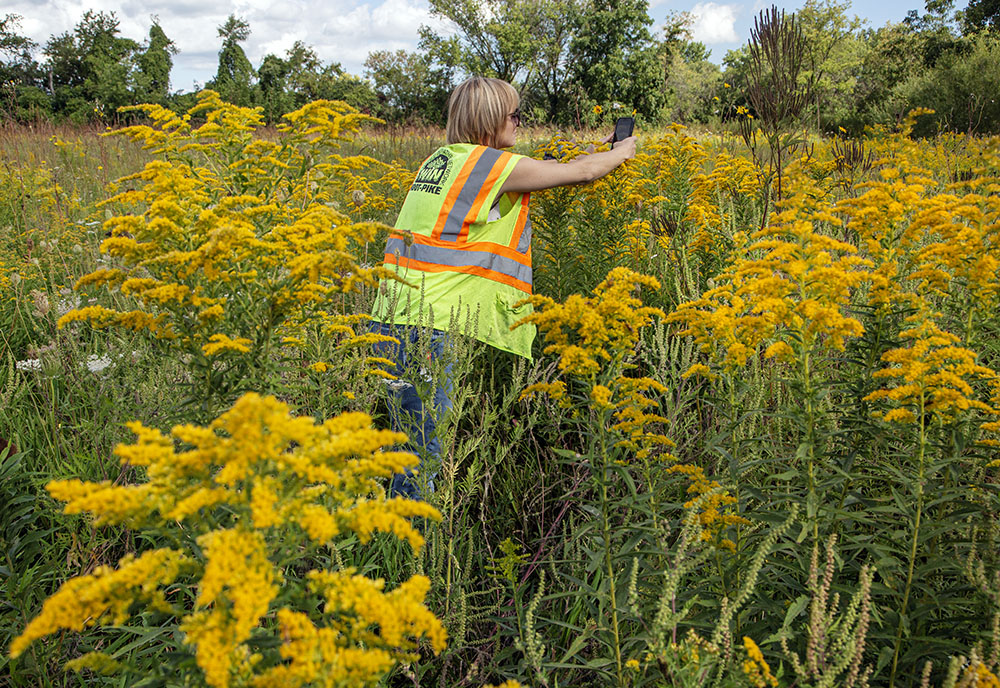
The native plants that support our pollinators also have deeper root systems that infiltrate stormwater where it lands, preventing runoff from carrying pollutants to our local rivers and ultimately to Lake Michigan. These restoration sites are a great reminder that “what happens to the land happens to the water.” When we see indicator species like bumblebees and monarch butterflies returning to a newly restored area, we know that the overall ecosystem is returning to a more balanced and healthy state. As this prairie restoration continues to mature, we are hopeful that we will find a larger variety of native bees using this area for foraging and nesting in the years ahead.
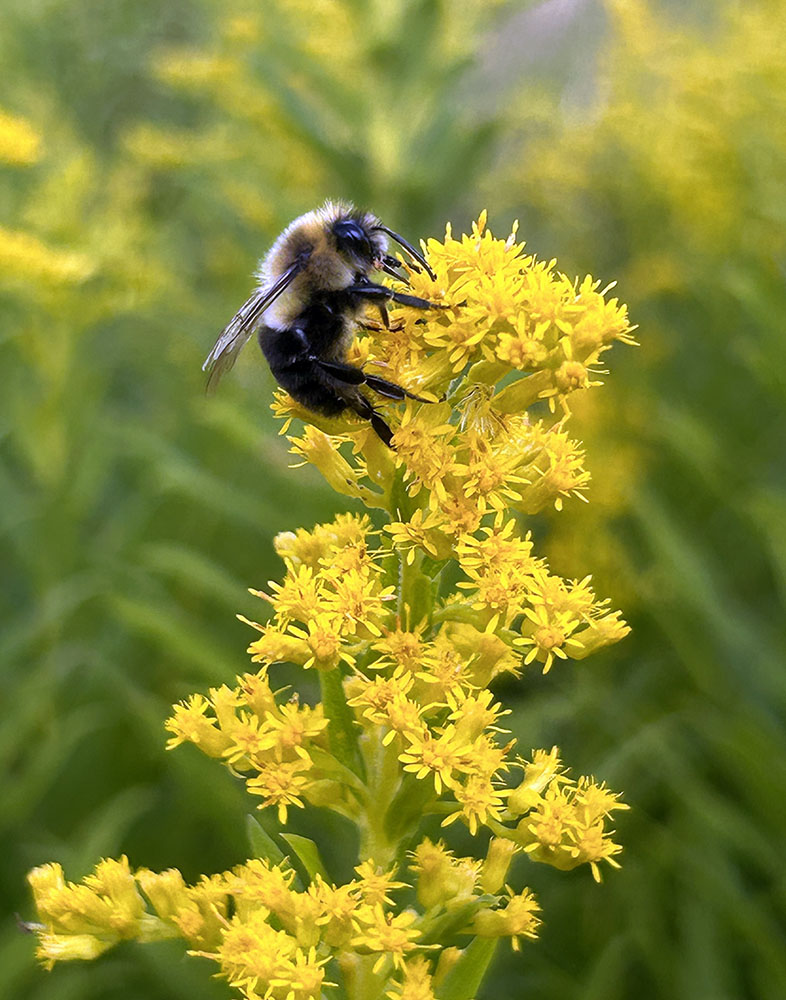
We chose to use the WDNR’s Bumblebee Brigade’s small area survey methodology by marking off a thirty-meter diameter circle, counting all of the bumblebees that we saw, and ensuring that we have at least one picture of each type of bumblebee to later be submitted to the WDNR Bumblebee Brigades website. The plan will be to return to this same area next year earlier in the season when bumblebees are more active again.
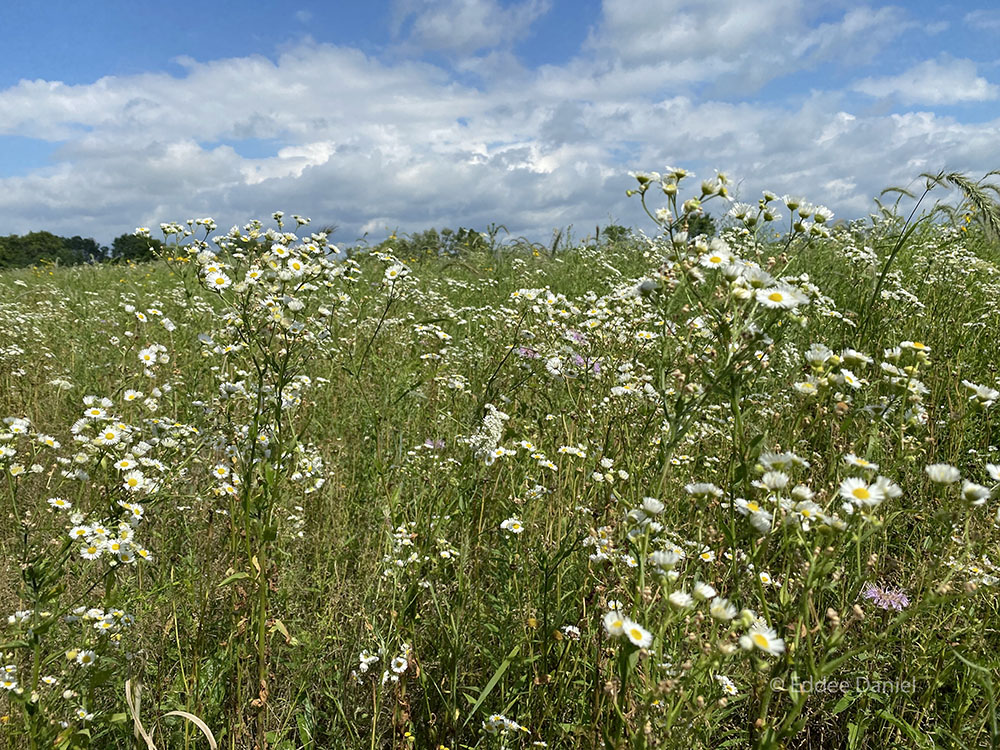
I highly recommend the Bumblebee Brigade to citizen scientists who wish submit their bumblebee observations. You can even keep things simple by performing an “incidental survey”, which is for “casual and unplanned” sightings.
~ Kristine Heuser
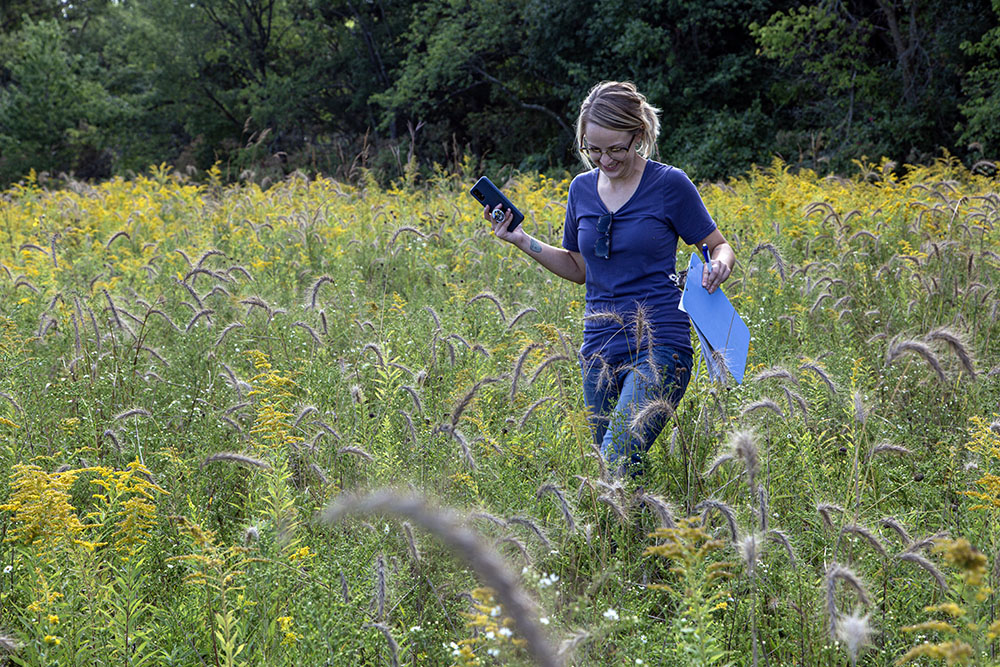

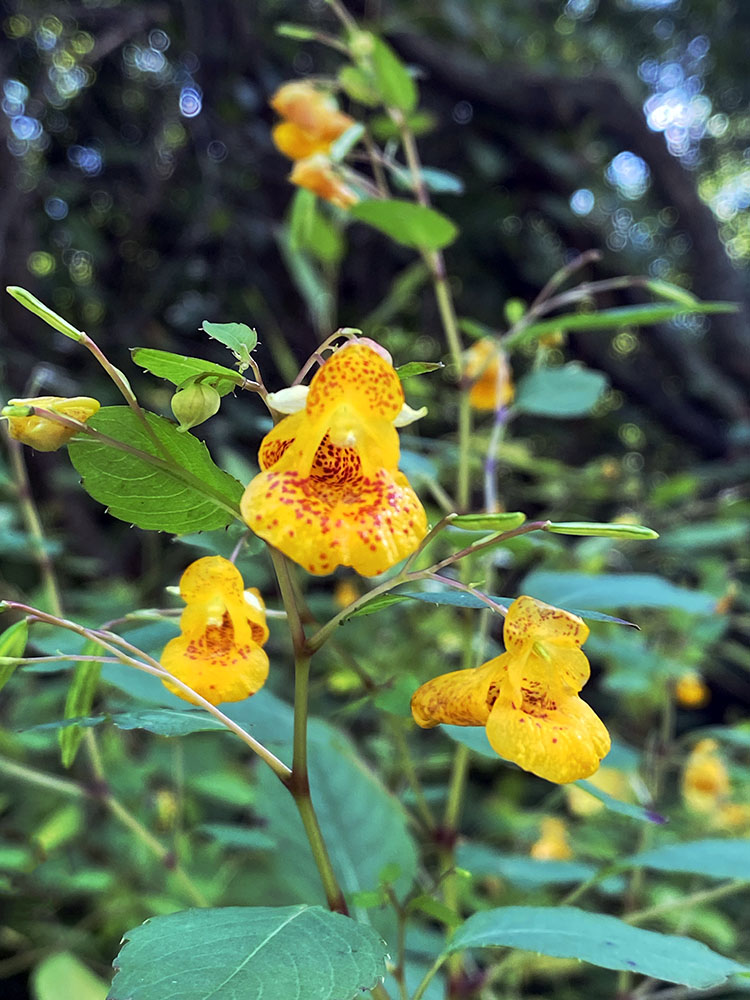


Photographer’s note: The images that accompany this story were taken during two visits to Smolenski Park. The first was in July, 2022; the second coincided with the recent survey.
Dave Giordano is Executive Director and Kristine Heuser is Pollinator Patch Program Manager of Root-Pike WIN. Root-Pike Watershed Initiative Network Inc. is a 501(c)3 non-profit that restores, protects and sustains the Root-Pike basin by building partnerships, finding funding, and managing projects to improve some of the most impaired Lake Michigan tributaries in the state of Wisconsin. Eddee Daniel is a board member of Preserve Our Parks.

